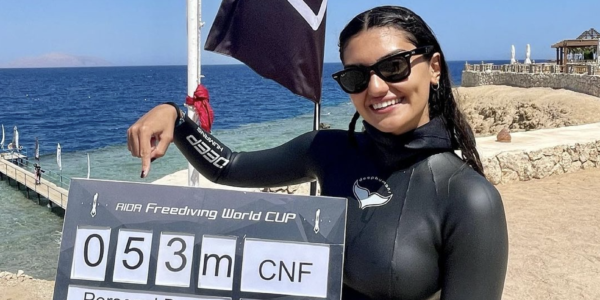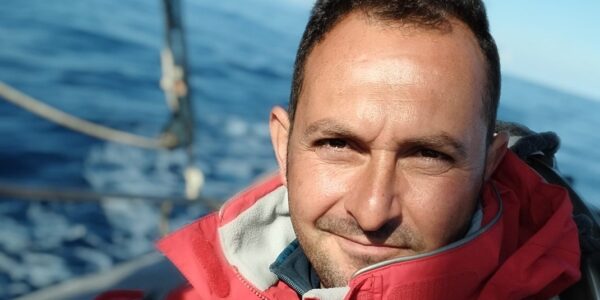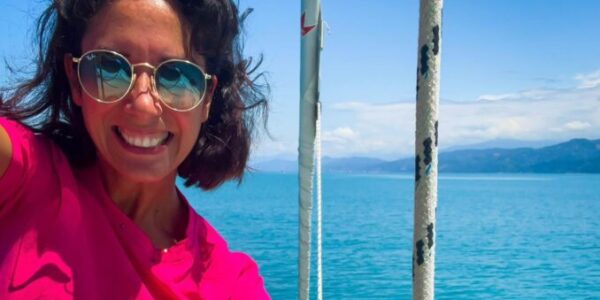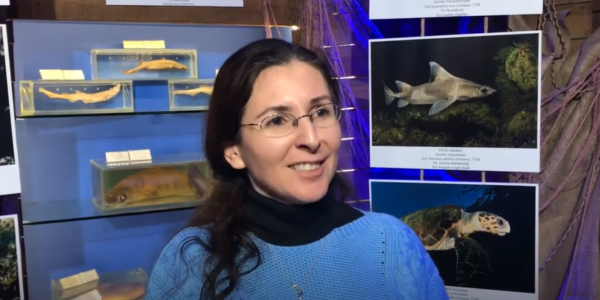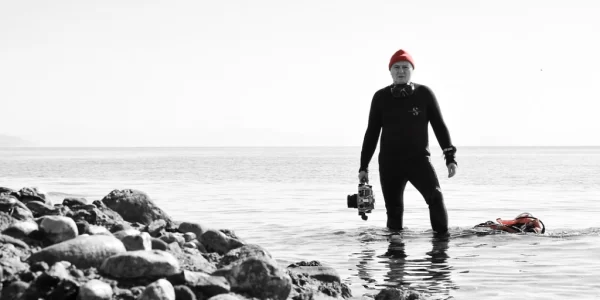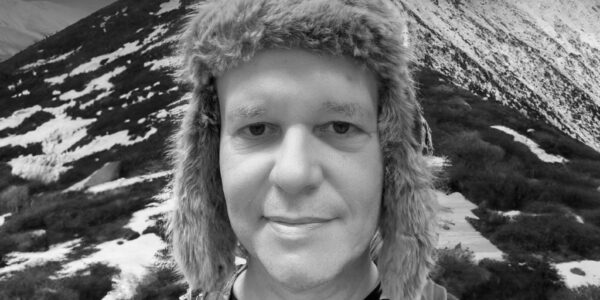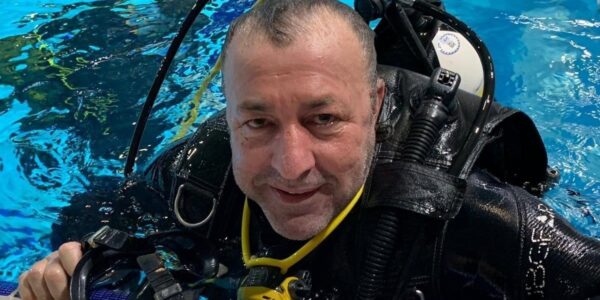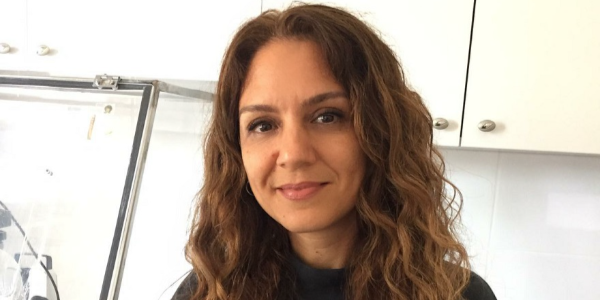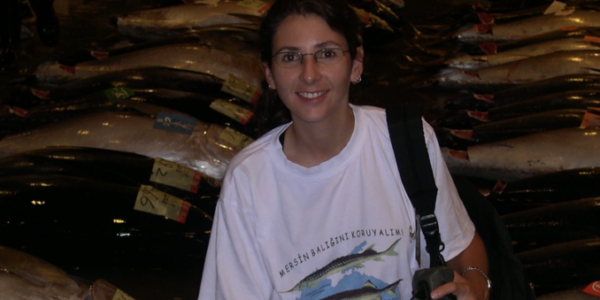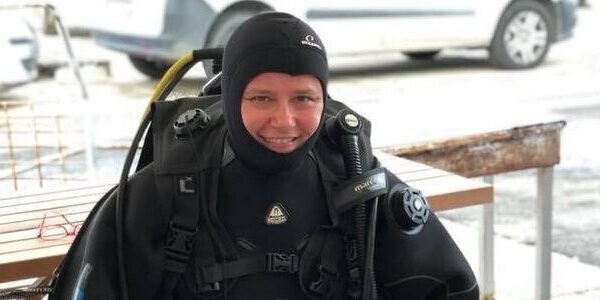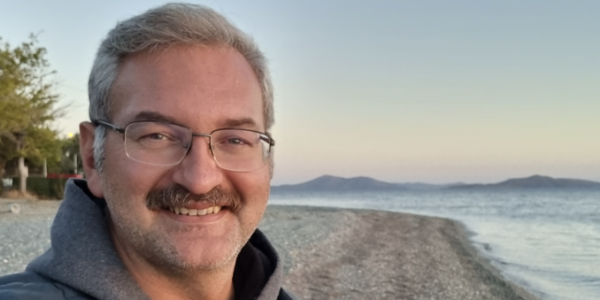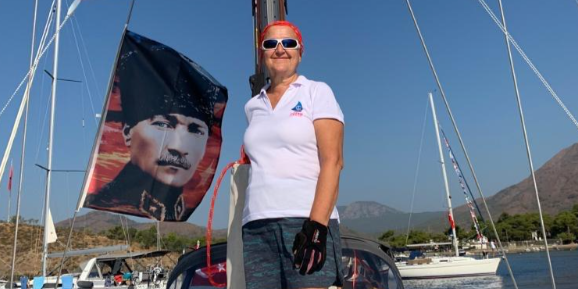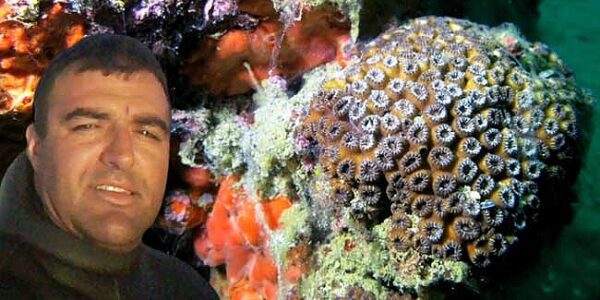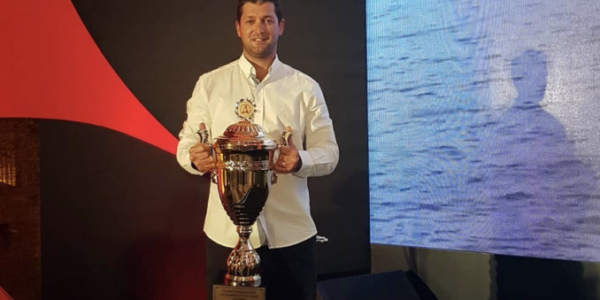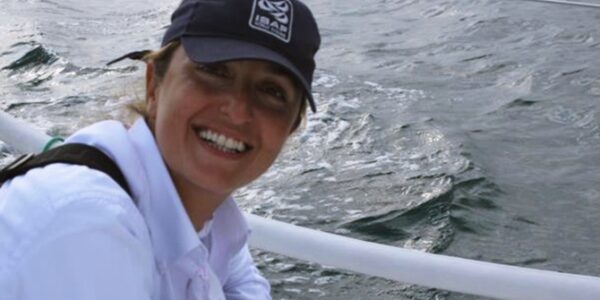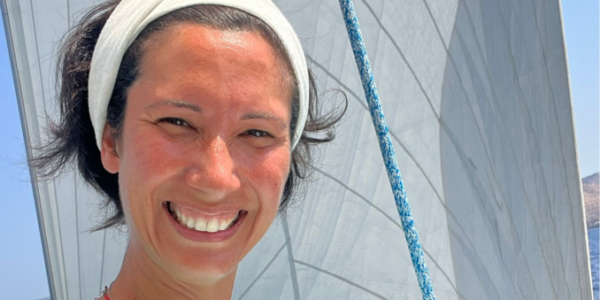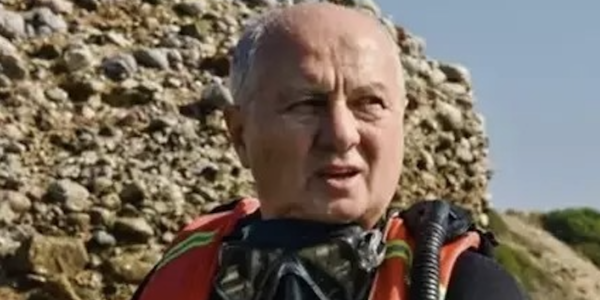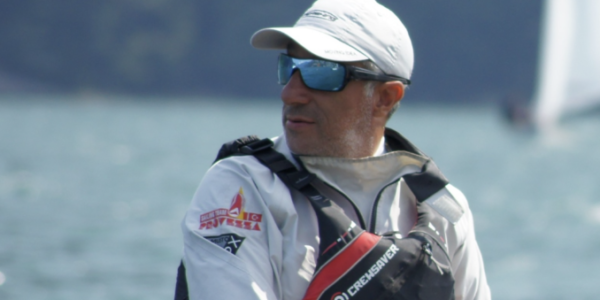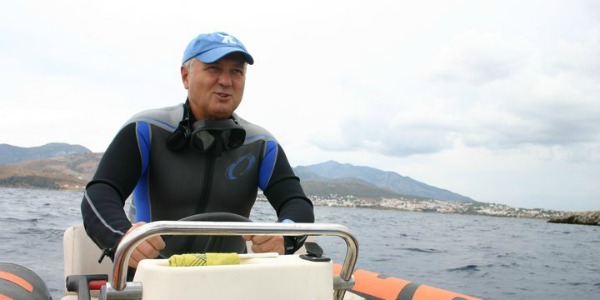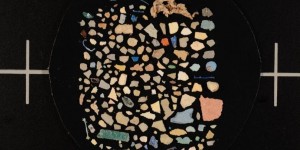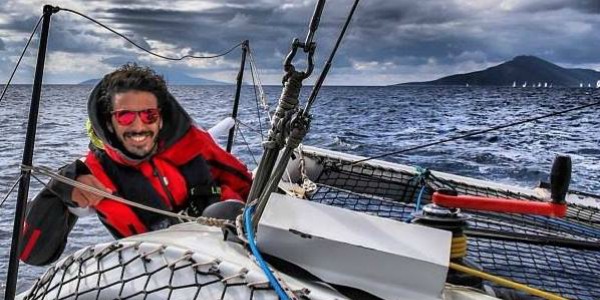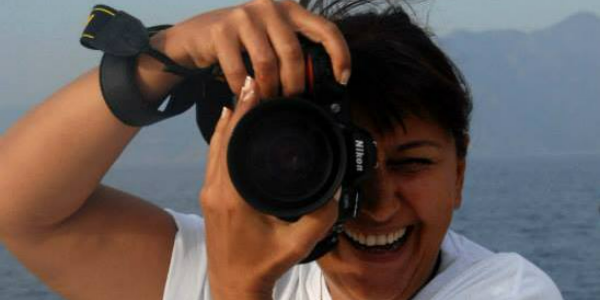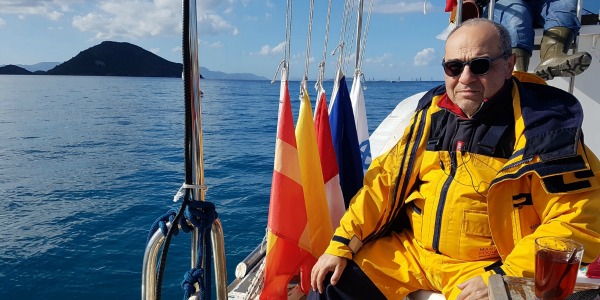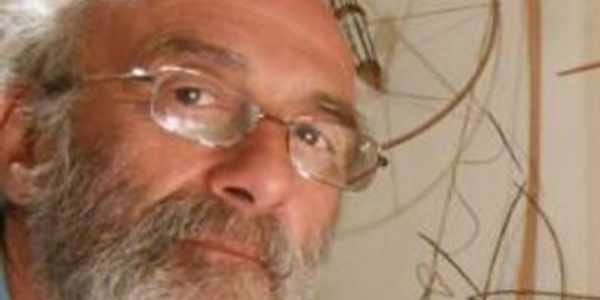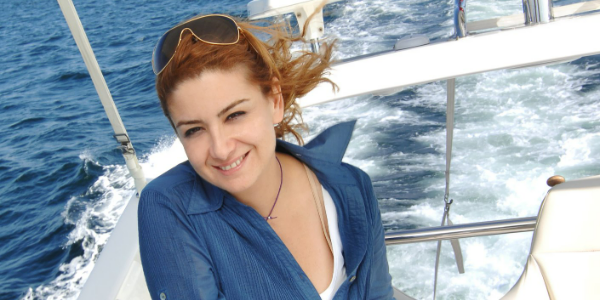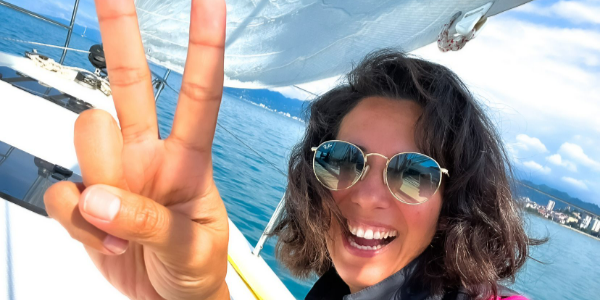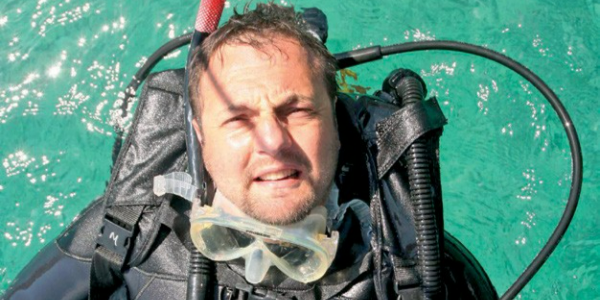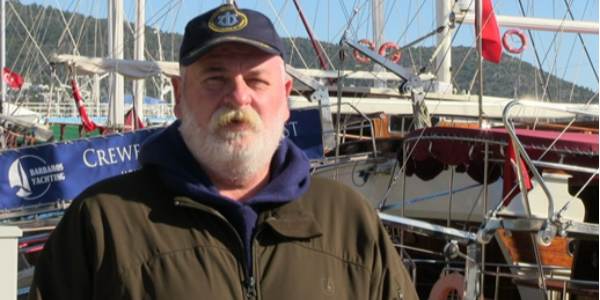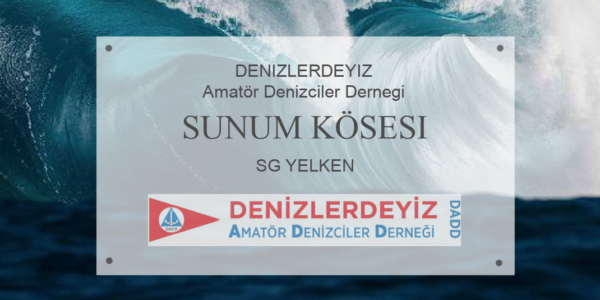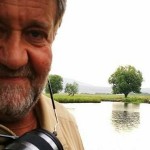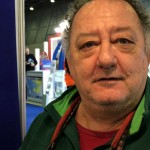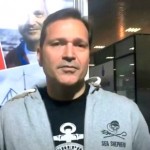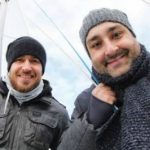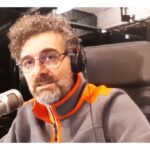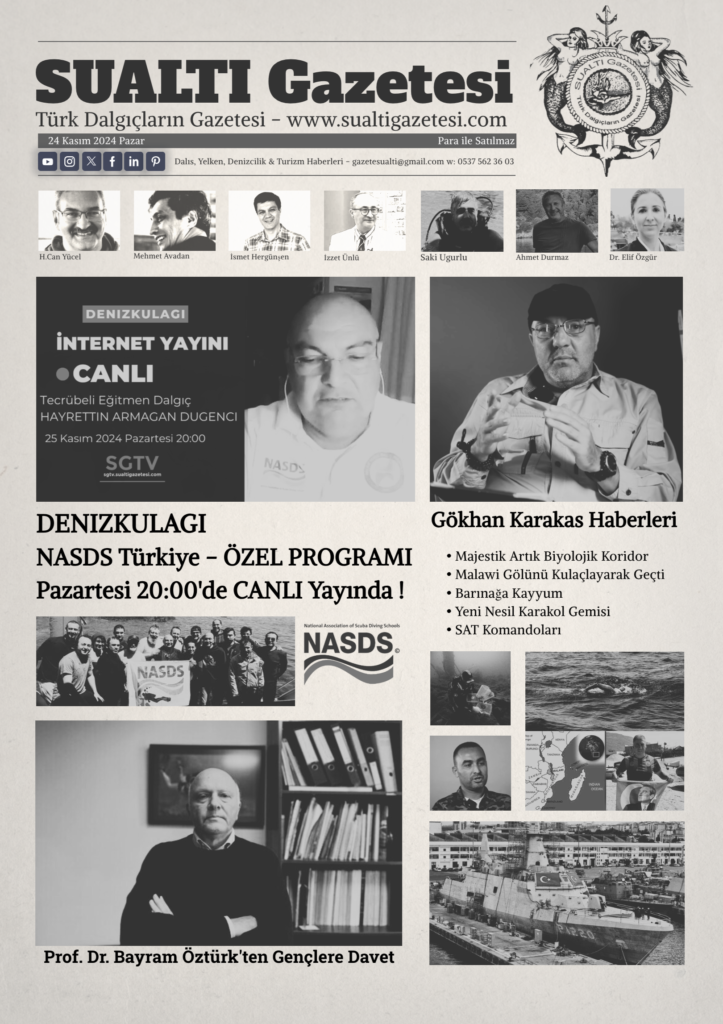HONOLULU (KHNL/Gray News) – Scientists have discovered plastic in the stomachs of baby fish off the Big Island – an alarming find that could have significant ramifications for the entire food web.
The discovery was made during a large NOAA project aimed at studying fish nurseries off Hawaii Island. Researchers wanted to look at what type of fish live in the nurseries – and what they eat.
Turns out, they’re eating microplastics, and there’s concern that could kill them.
The scientists said plastic was everywhere in the nurseries. Most of it was tiny – in pieces no bigger than a fraction of an inch. Some of it was so small it could only be seen with a microscope.
“A lot of the time, we found more plastic than fish,” said NOAA biologist Jonathan Whitney. With dissections, they found “little tiny bits” of plastic in the gullets of all types of baby fish.
In fact, of the nine different types of baby fish they looked at, eight had plastic in their stomachs.
The findings, outlined in an article in the most recent issue of National Geographic magazine and under review by a scientific journal, underscore the scale of the plastics problem in the world’s oceans.
Jamison Gove, a NOAA oceanographer, said this is the first time that scientists have confirmed that larval (or just hatched) fish from tropical ecosystems are ingesting plastics.
The discovery is particularly troubling because baby fish are at a vulnerable stage, and researchers don’t yet know what consuming microplastics could mean for their chances of survival.
If plastic kills baby fish at high rates, it could have widespread impacts on Hawaii fisheries.
Another unknown question: How are the microplastics that baby fish consume affecting the food chain, and could they accumulate in bigger prey?
Gove said the research “adds to a growing body of evidence that shows plastics are really harmful to animals and to people.”
“Plastics are this insidious issue,” he said. “They really are getting into all facets of our life. The more science we can put out there, the greater the public awareness.”
Those nurseries that Whitney and Gove are focusing their research on are actually naturally-occurring sea surface slicks – they look like oil slicks by air – that can be found off Hawaiian islands.
Researchers believe that baby fish actively seek out the slicks in search of food and protection. But currents also pull debris into the slicks and today, that debris includes lots of plastics.
One of the next steps in the research: Expanding the research to include baby fish that live in sea surface slicks off Oahu, Maui and other Hawaiian islands.
Source: kmvt
